By Team Dirty
Dec 2, 2022,
By Team Dirty
Dec 2, 2022,
Beets tend to be a love-or-hate type of thing and they sometimes get a bad rap because of their earthy taste. It’s a shame because beets are super nutritious. Say hello to Pickled Beets. They’re a great way to convince raw beet haters not to write them off completely. Pickling beets can brighten their flavor and turn off some of the earthier notes that some dislike.
⭐⭐⭐⭐⭐
Clean Food Dirty Girl member
These are so tasty! Team Dirty has turned me into a lover of beets!
Plus, Pickled Beets are super versatile. Add them to your favorite salad, pizza, or sandwich. Chop and toss with cabbage, carrots, garlic, and vinegar to make a yummy garnish. Or serve with your holiday spread to provide a pop of color and bright tanginess that balances all the savory and salty notes. And they’re easy to make, so let’s get to it!
Pickled Beets ingredients

Beets: duh. Any variety will do; golden beets tend to be a bit sweeter and will result in a sweeter pickle. If you purchase beets with the tops still attached, you can rinse and chop those up to use in salads or smoothies. Look at you, reducing food waste like a baddie!
Apple cider vinegar: be sure to purchase raw, unfiltered cider vinegar, preferably with the “mother,” which means that the healthy probiotic cultures are still alive and doing their thing.
Red wine vinegar: we used two types of vinegar for ultimate depth of flavor.
100% pure maple syrup: the sweetness will help mellow the acidic bite of the vinegar.
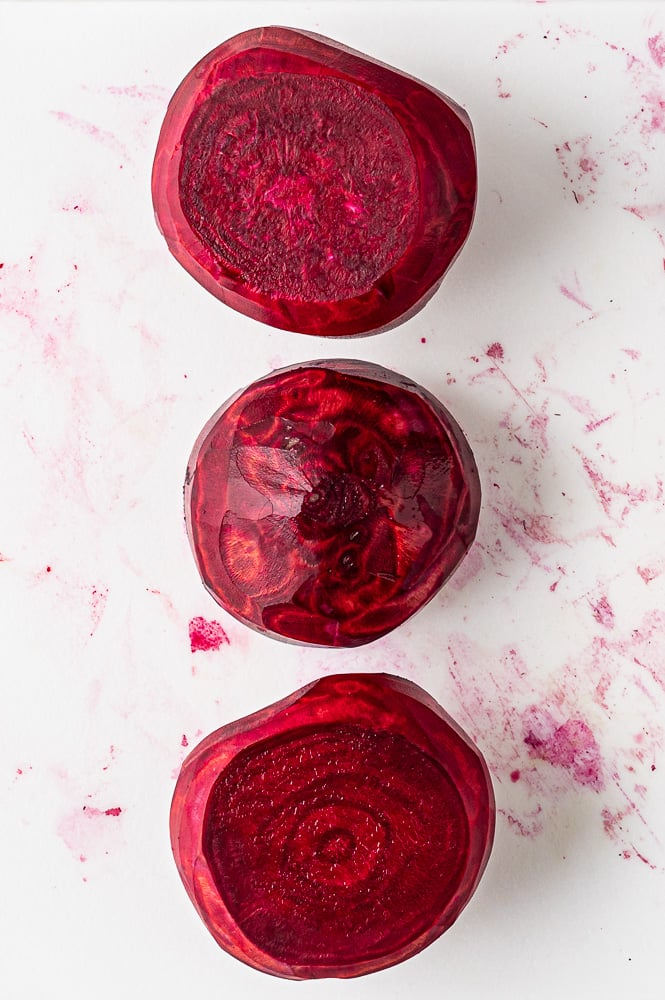
Salt: don’t skip this. It’s not enough to make the beets salty, but it does a lot of heavy lifting for the flavor, turning off any harsh, bitter notes.
Clove powder: just enough for a bit of spice.
Glass jar: while not included in the ingredient list, this is critical. Once you prepare your beets and brine, they’ll need to marinate for at least 24 hours in a glass container. Wide-mouth 24-ounce Mason jars work well for this. Do not use a plastic or metal container, it will negatively affect the flavor of your Pickled Beets.
How to make Pickled Beets
First, peel and chop your beets into ½-inch cubes and place into a medium-sized saucepan. Fill with water until it’s one to two inches above your beets, and place over high heat.
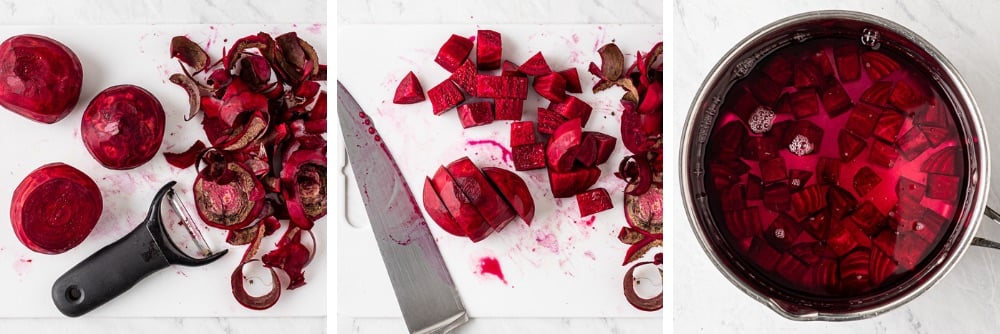
Once the water reaches a boil, reduce the heat. How low will depend on your stove, pot, elevation, etc., but you want the heat to be high enough to maintain a simmer and low enough to keep the water from actively boiling.
Simmer the beets for 15–20 minutes, or until cooked through. Pierce with a clean fork to test. They’re done if the fork pierces the beets without getting stuck. Don’t overcook as they’ll get mushy—no one wants mushy beets. After the beets are done, drain them and discard the water. Transfer to a glass jar and gently tap the jar on the counter to help them settle.
While the beets are simmering, whisk together the brine ingredients in a bowl and set aside.
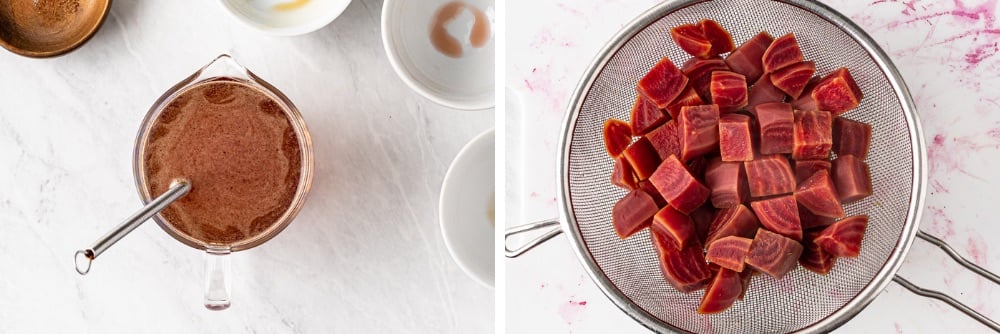
Carefully pour the brine mixture into the glass jar (see note above). If you’re worried about spilling, use a funnel. Make sure the liquid completely covers the beets. If it doesn’t quite cover, add a few splashes of either vinegar.

Refrigerate for at least 24 hours before serving. Then pop open, use a fork to dish out your beets, and enjoy!
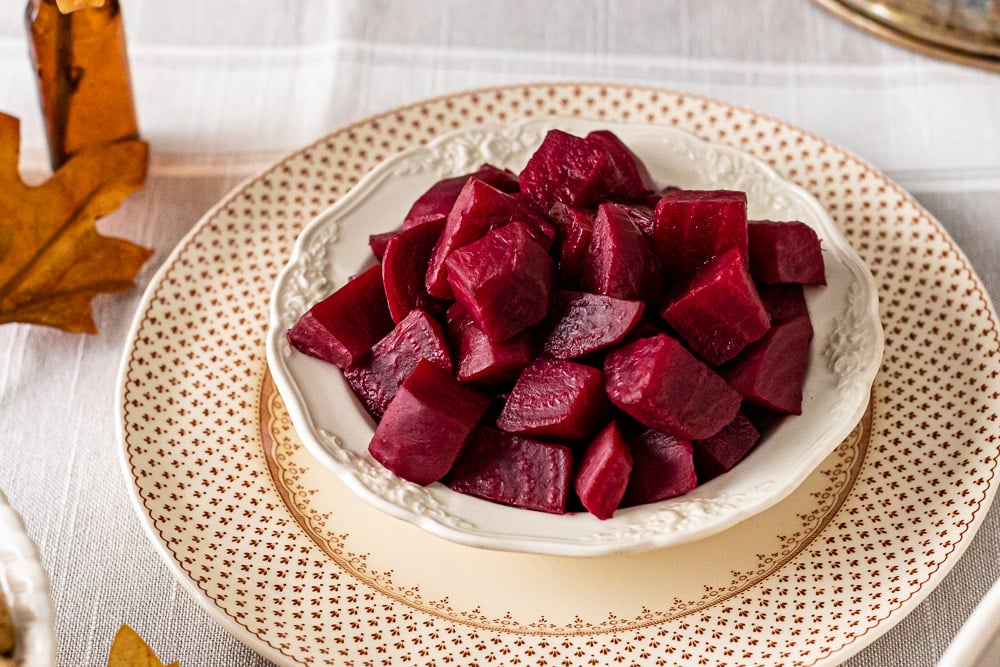
Ingredients
- 2 cups beets, peeled and cut into ½-inch cubes (270 g)
Brine ingredients
- ½ cup water (118 ml)
- ¼ cup apple cider vinegar (59 ml / unfiltered raw vinegar with the "mother" is best)
- ¼ cup red wine vinegar (59 ml)
- 2 tablespoons 100% pure mape syrup
- ¼ teaspoon salt
- ⅛ teaspoon clove powder
Instructions
- Place the beets into a saucepan and cover them with water by 1–2 inches. Bring the water to a boil then reduce the heat and simmer for 15–20 minutes, or until you can easily pierce the beets with a fork. They should be tender but not mushy.
- While your beets are simmering, whisk together the brine ingredients in a bowl or liquid measuring cup and set aside.
- When the beets are tender, drain them in a colander (discard the water), then transfer them to your glass jar. Tap the glass jar on your counter to help them settle.
- Carefully pour the brine mixture over the beets until they are completely submerged.
- Refrigerate at least 24 hours before serving.
Notes
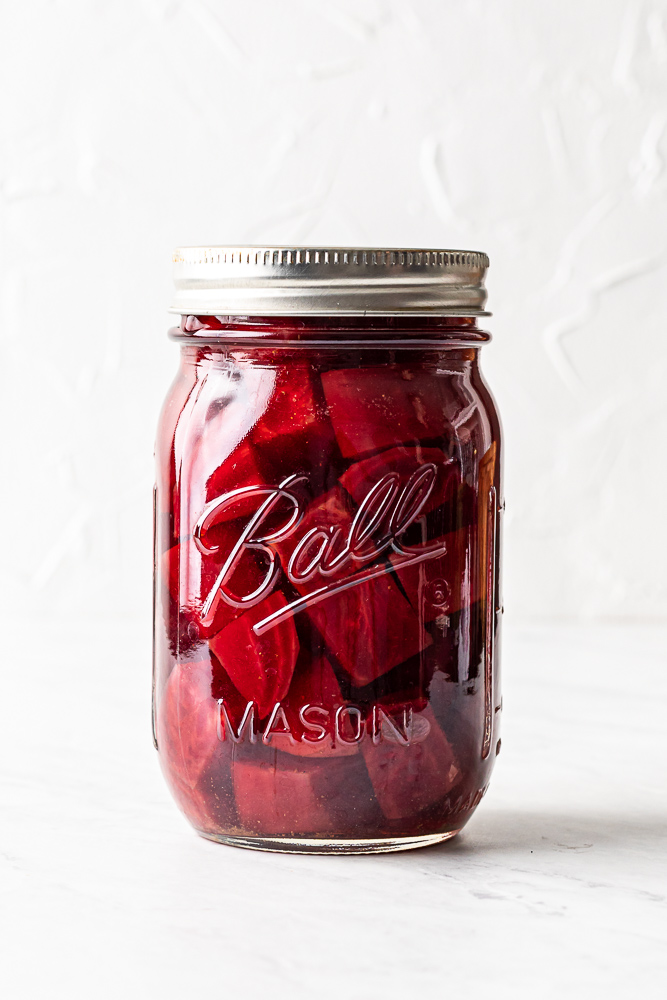
You can’t beet these…
We almost made it through without any beet puns. But where would the fun in that be(et)? Sorry, we’re done now.
This recipe yields about two cups of Pickled Beets.
Keep any leftover beets in the brine-filled glass jar and store in the fridge. They should keep for ten to fourteen days. These are quick pickles, meaning they’re not preserved, so they must be kept refrigerated, and they won’t last for months, but no worries. They’re so tasty and versatile that you won’t have any problem eating them quickly.
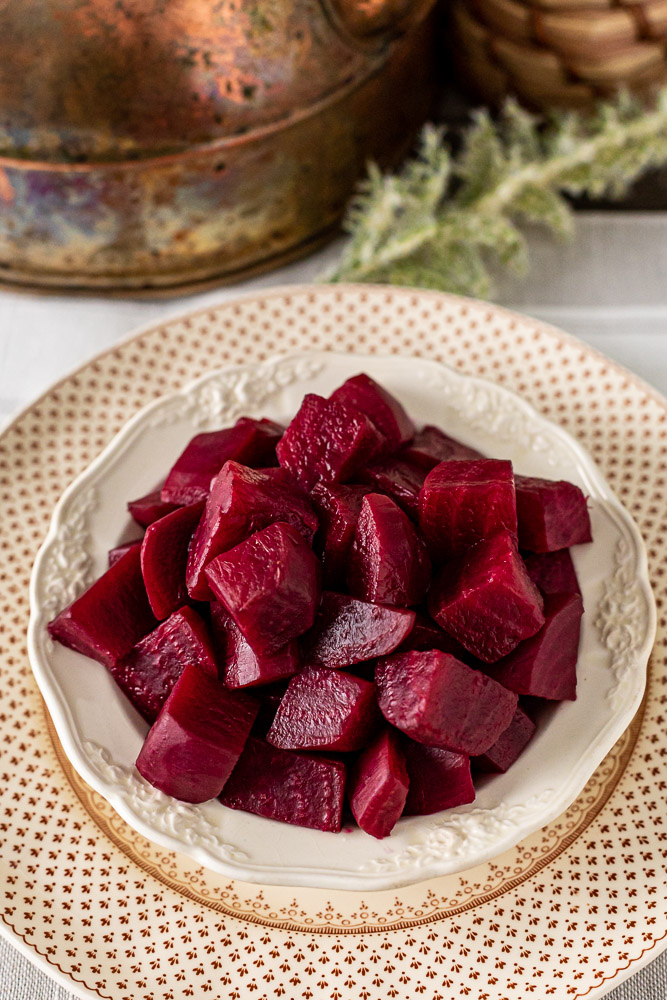
Have you won over any hardcore beet haters with Pickled Beets? Let us know in the comments below so we can celebrate with you!
May your beets stay tangy.
Xo
Team Dirty
This recipe is from Pickled, one of our plant-based meal plans. You’ll find Pickled Beets featured in the Chickpea Meatball Gyro with Tzatziki and Greek Chopped Salad recipe. Now we’re hungry.
2 Comments
Leave a Comment
Love the food that loves you back
Get instant access to thousands of plant-based recipes and meal plans, no credit card or perfection required.





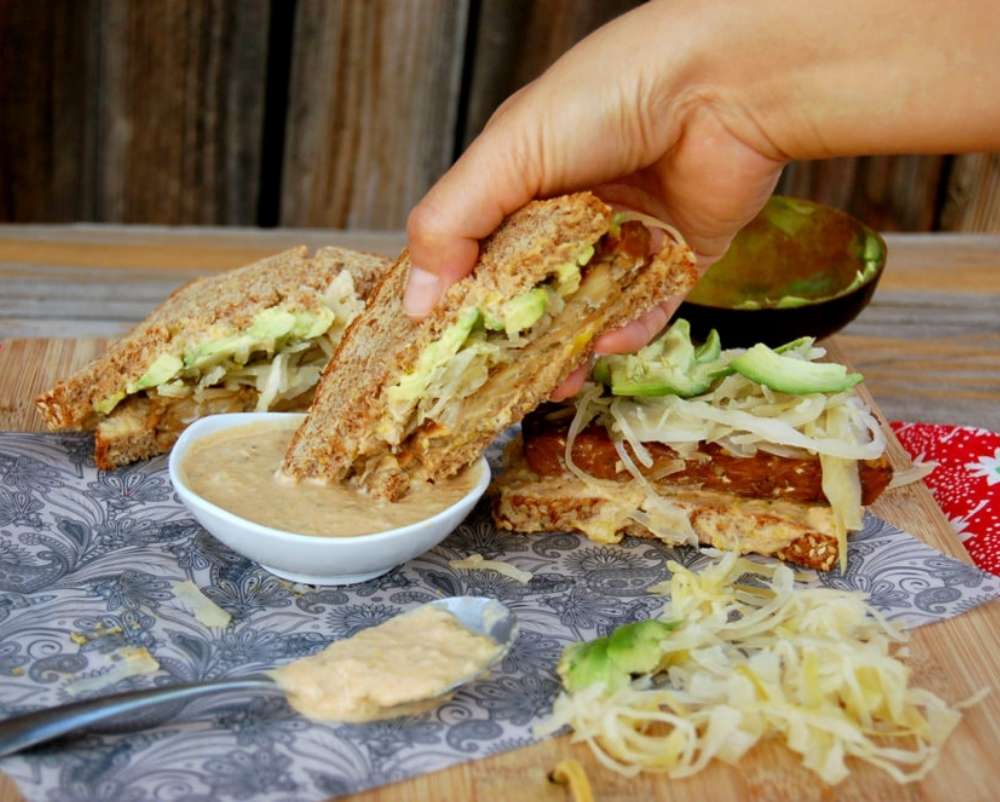




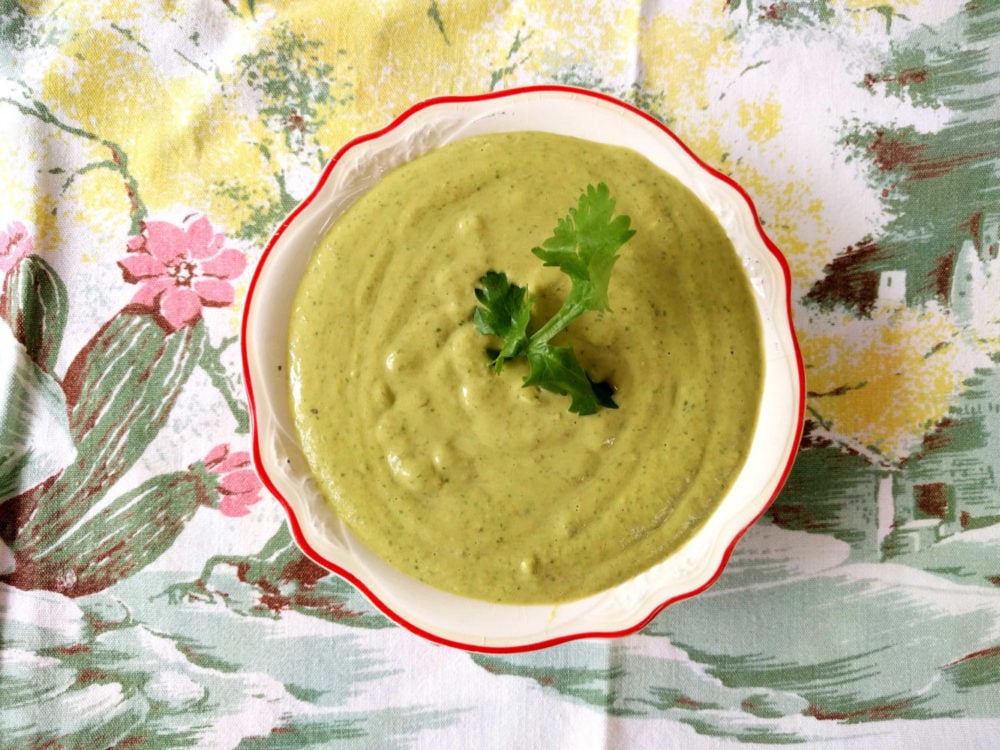
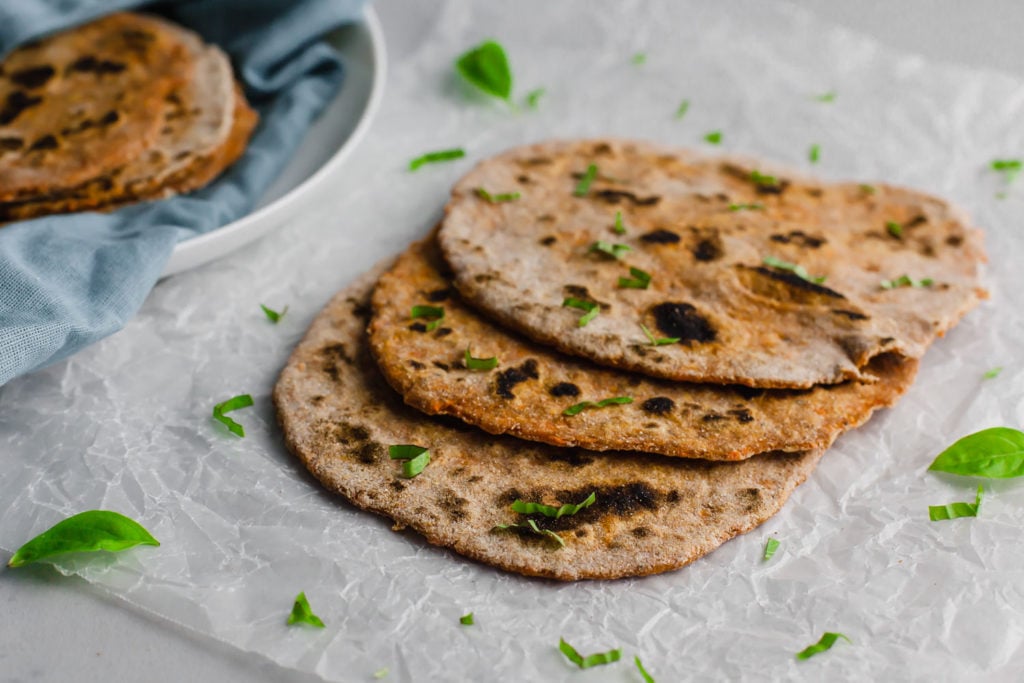
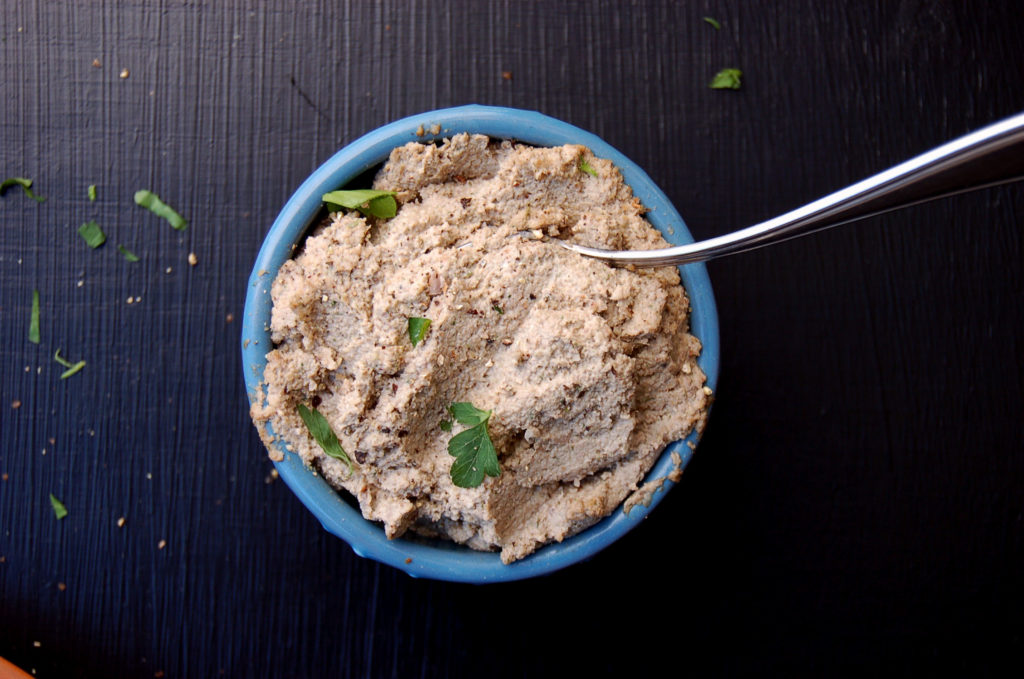



I haven’t made these, yet, but I love pickled beets, from the store. I can’t wait to try these! I have a question that I feel like I should already know, but I’m having brain freeze.
When you use ACV with the mother, are you supposed to shake it before using it, so everything is mixed together, or are you supposed to leave the sediment in the bottom and just use the clear liquid that’s on top? TIA!
Hi Maggie!
It is usually recommended to shake the ACV with the mother before using, but no worries if you forget. You’ll still get all of the amazing benefits! Let us know when you try these beets!